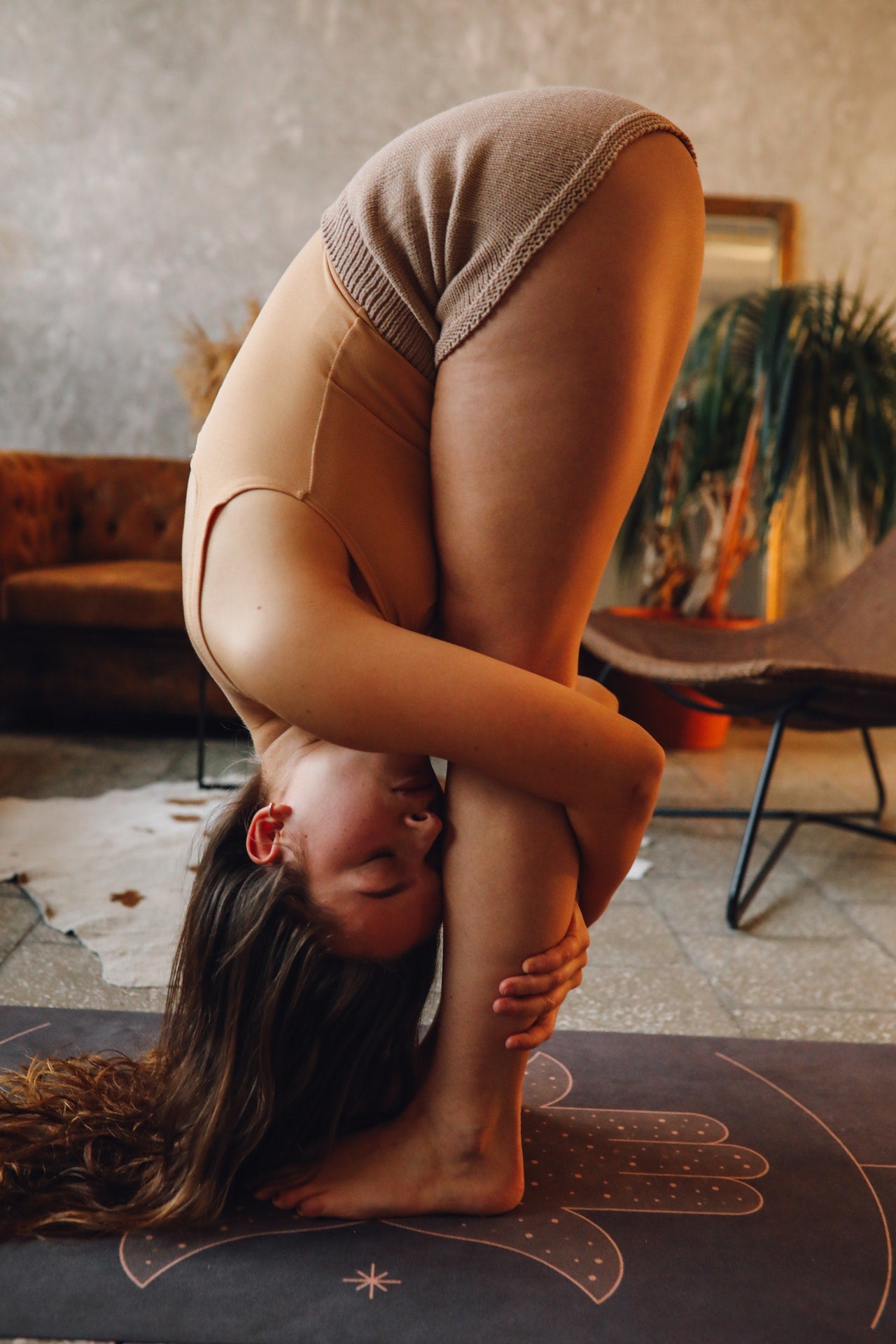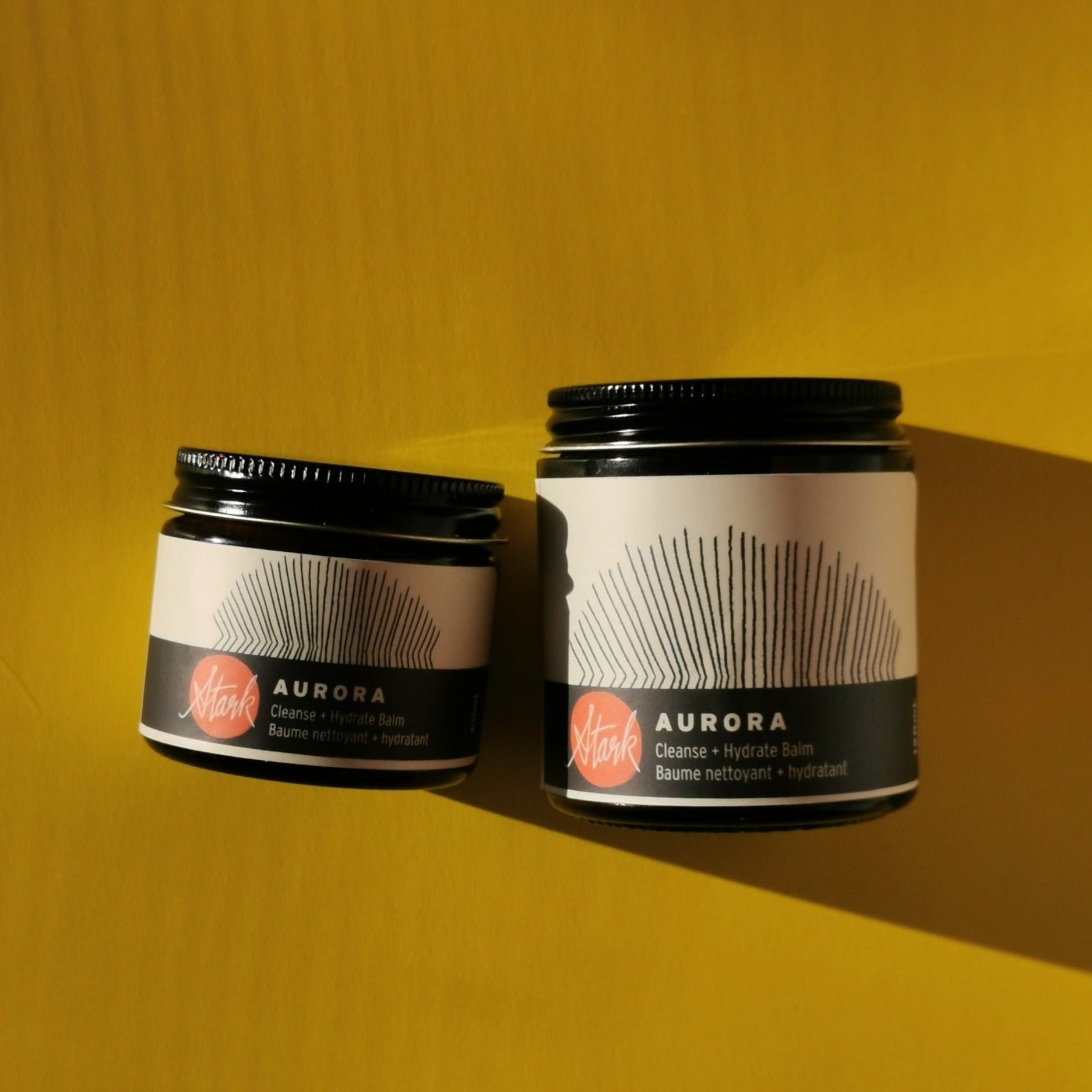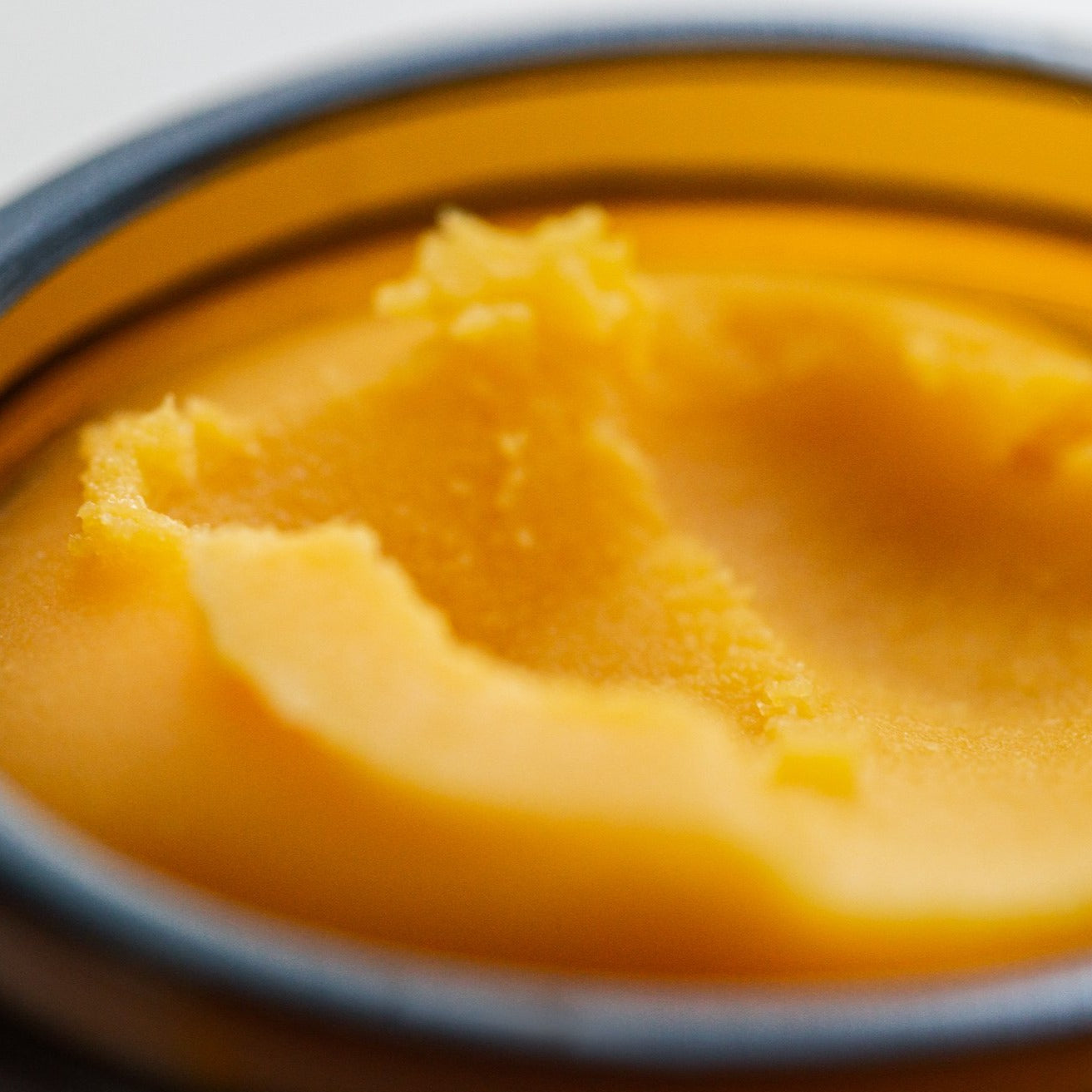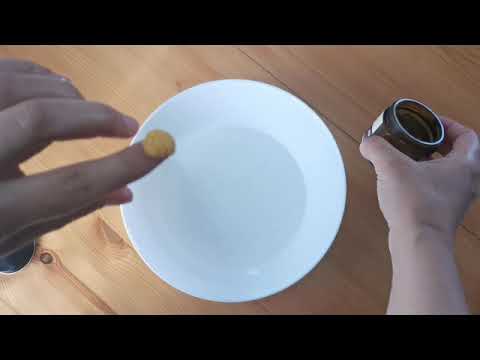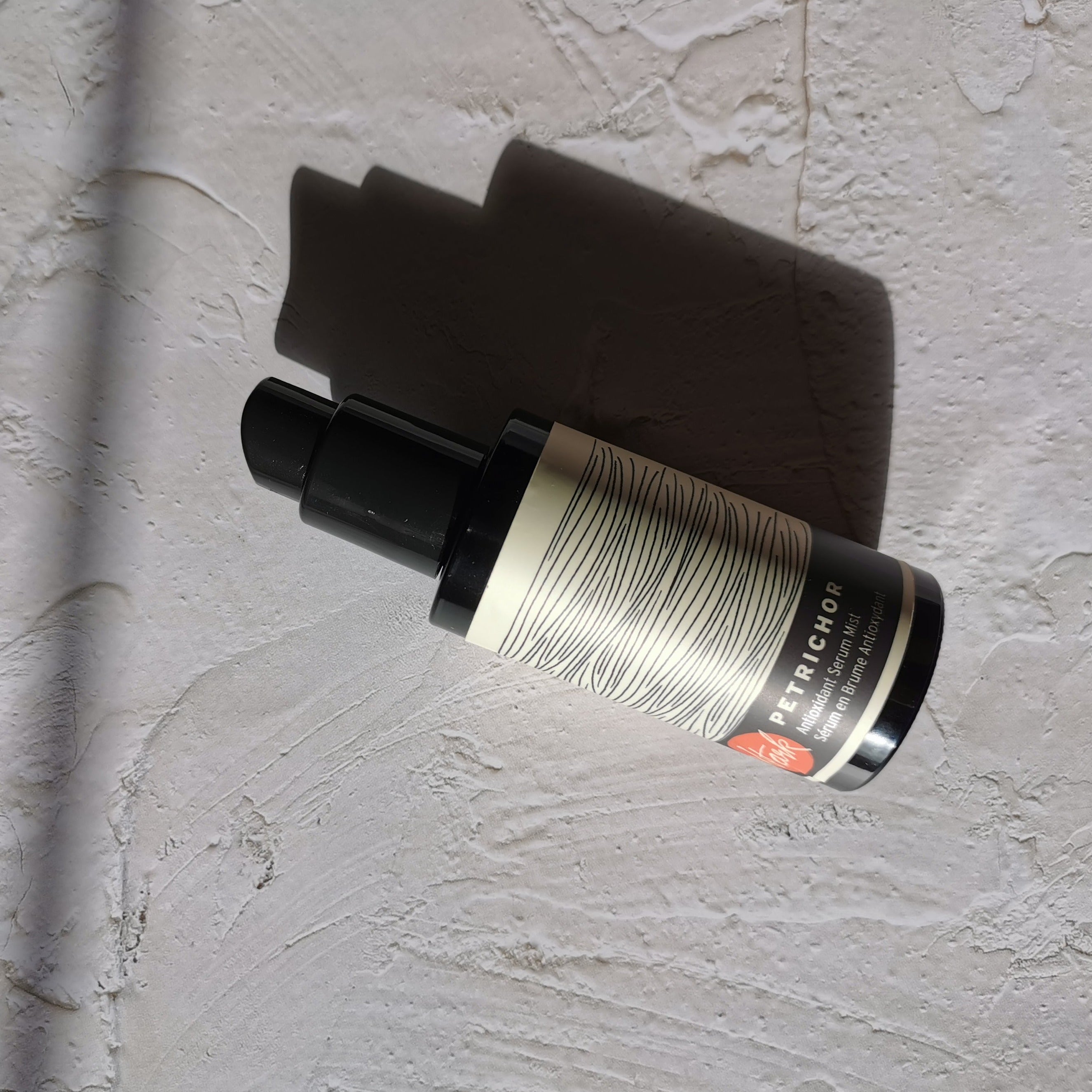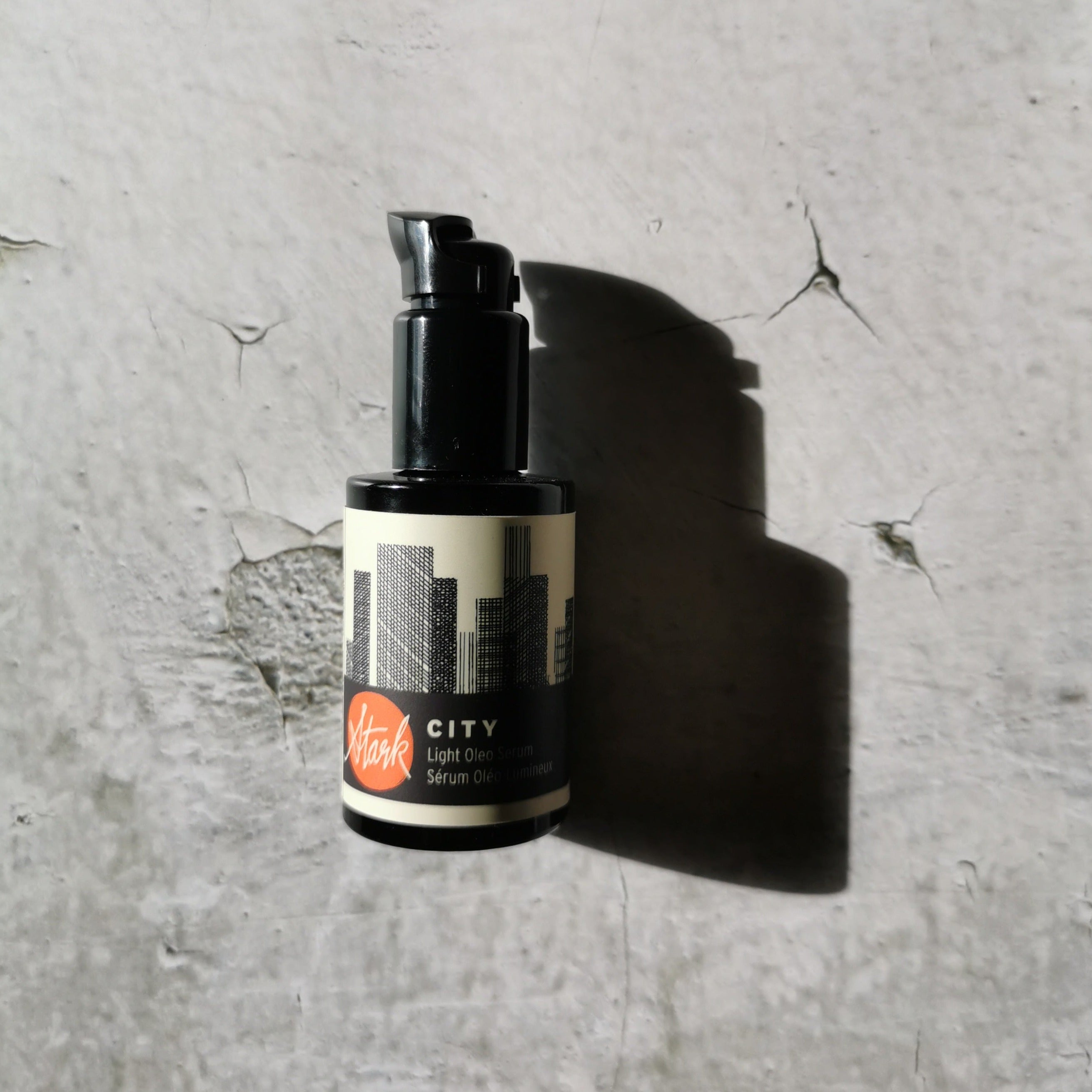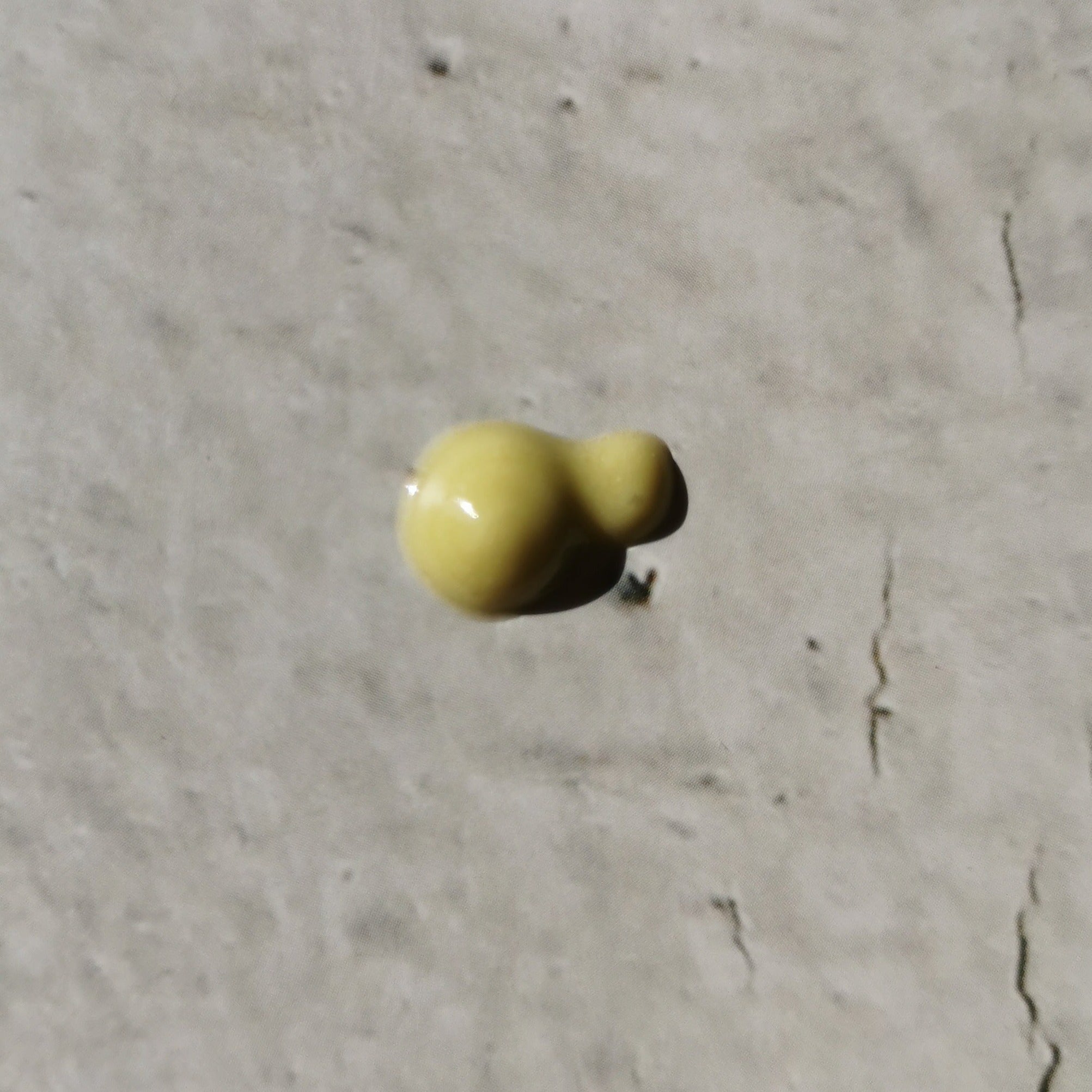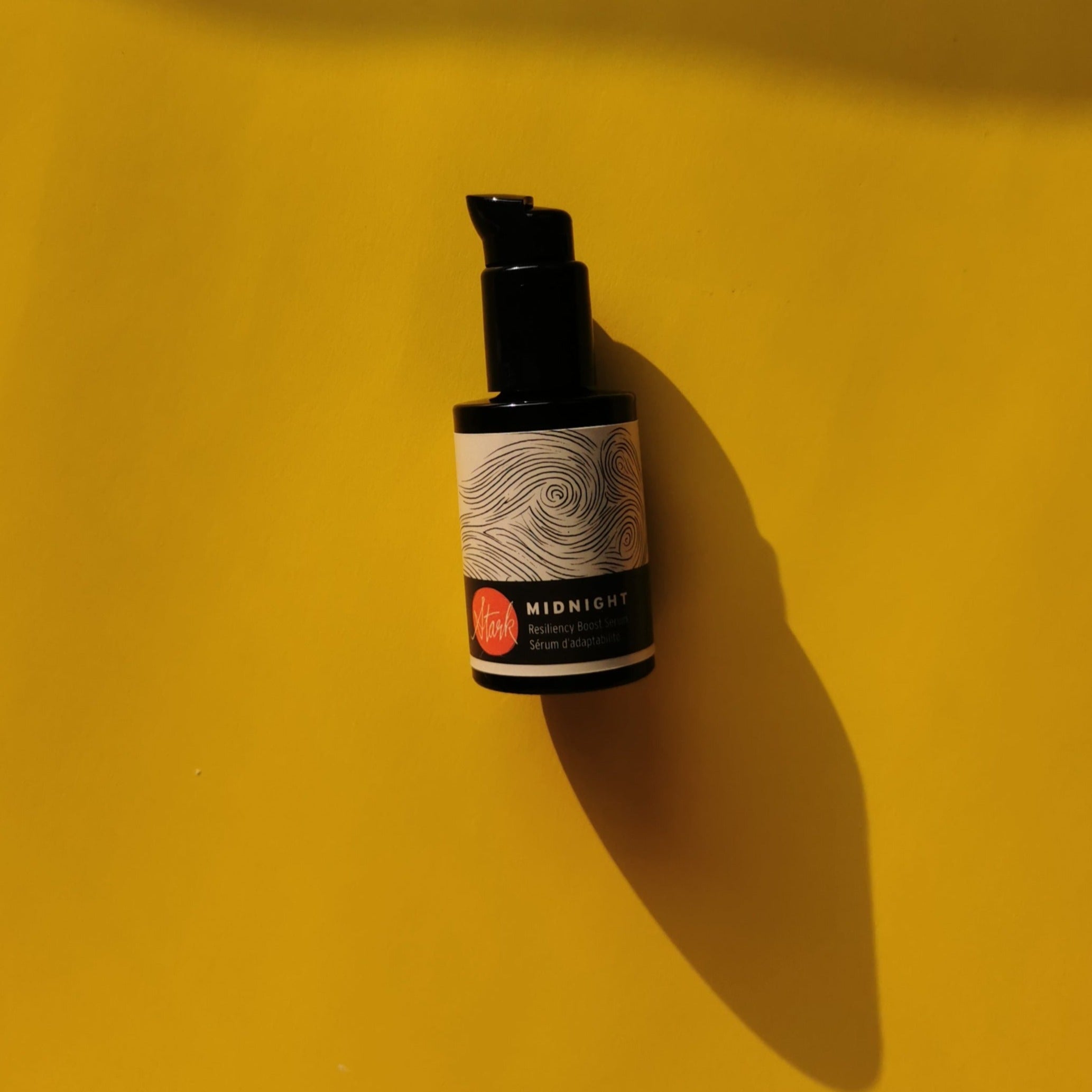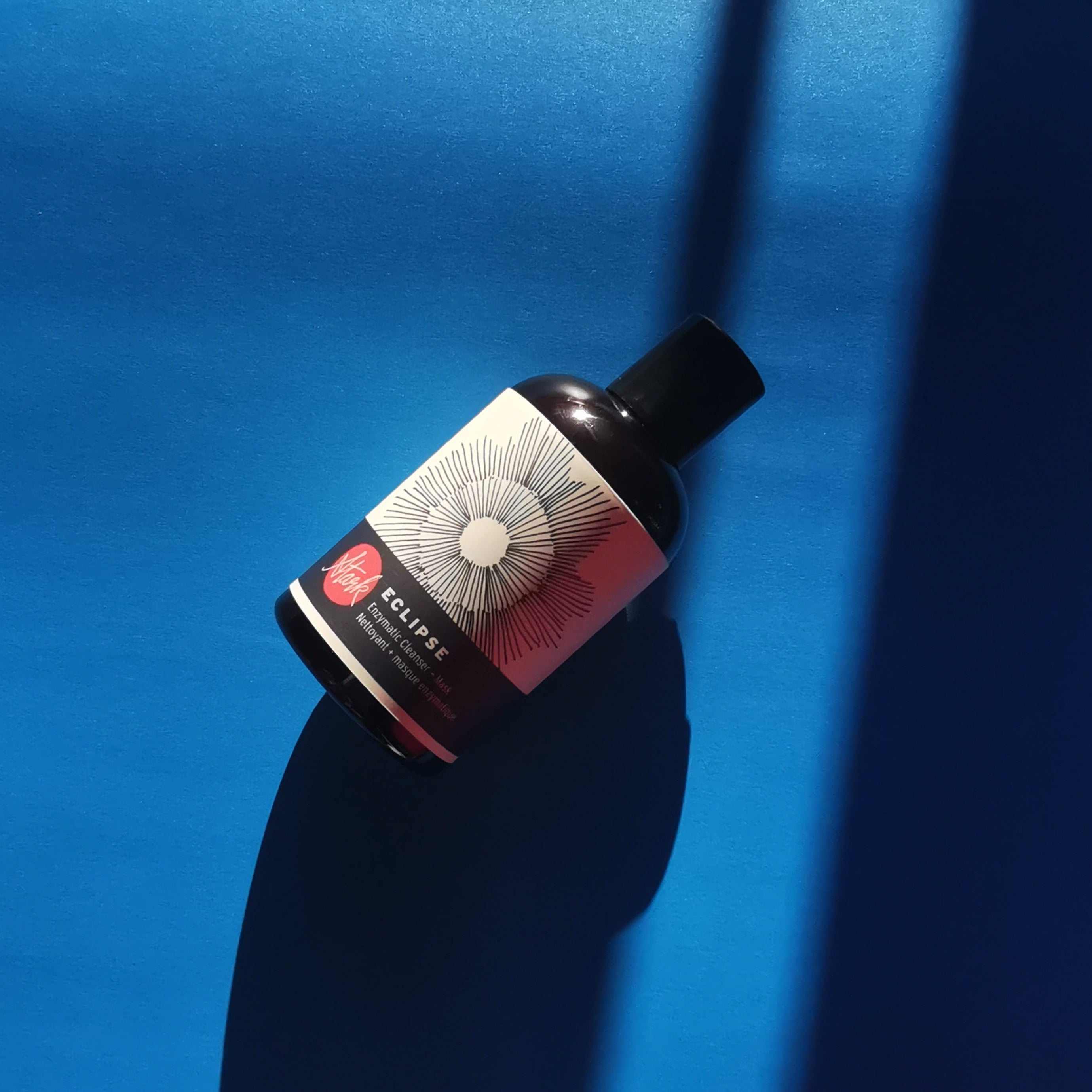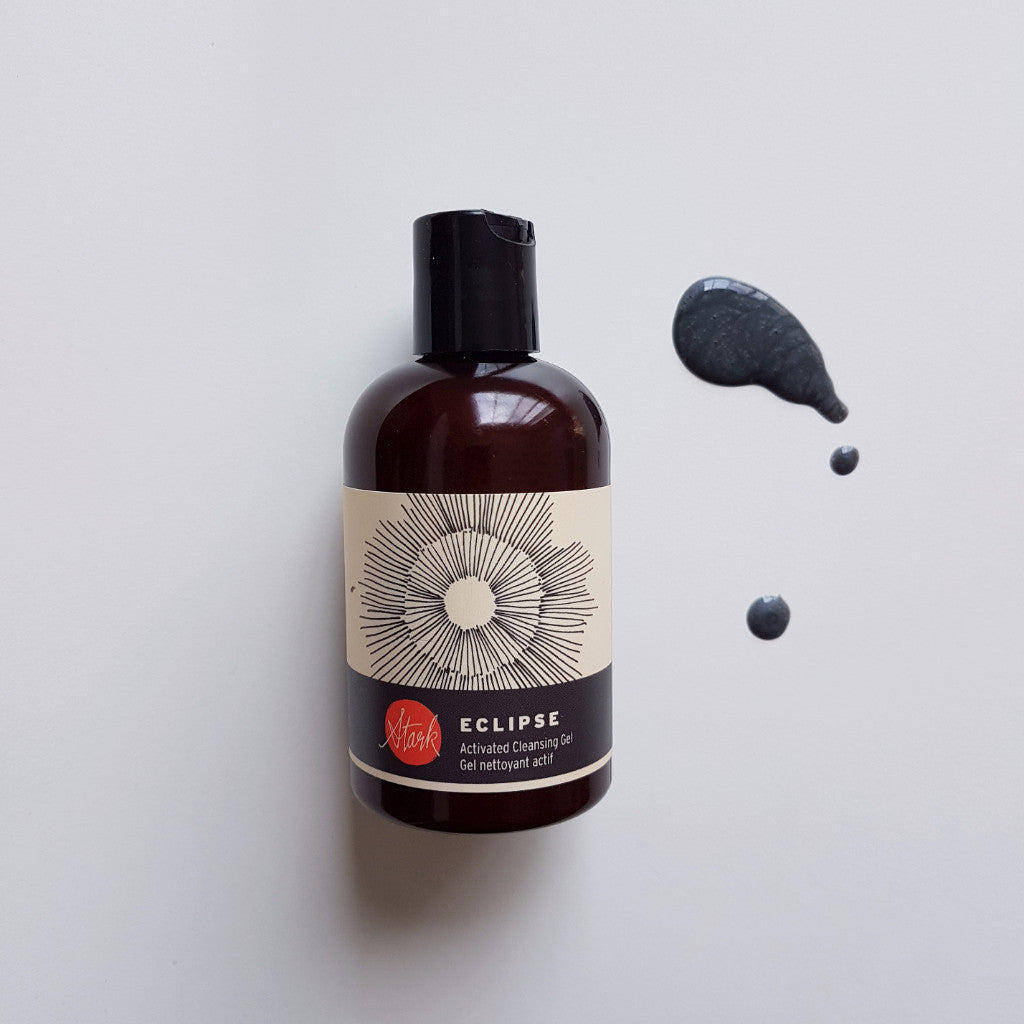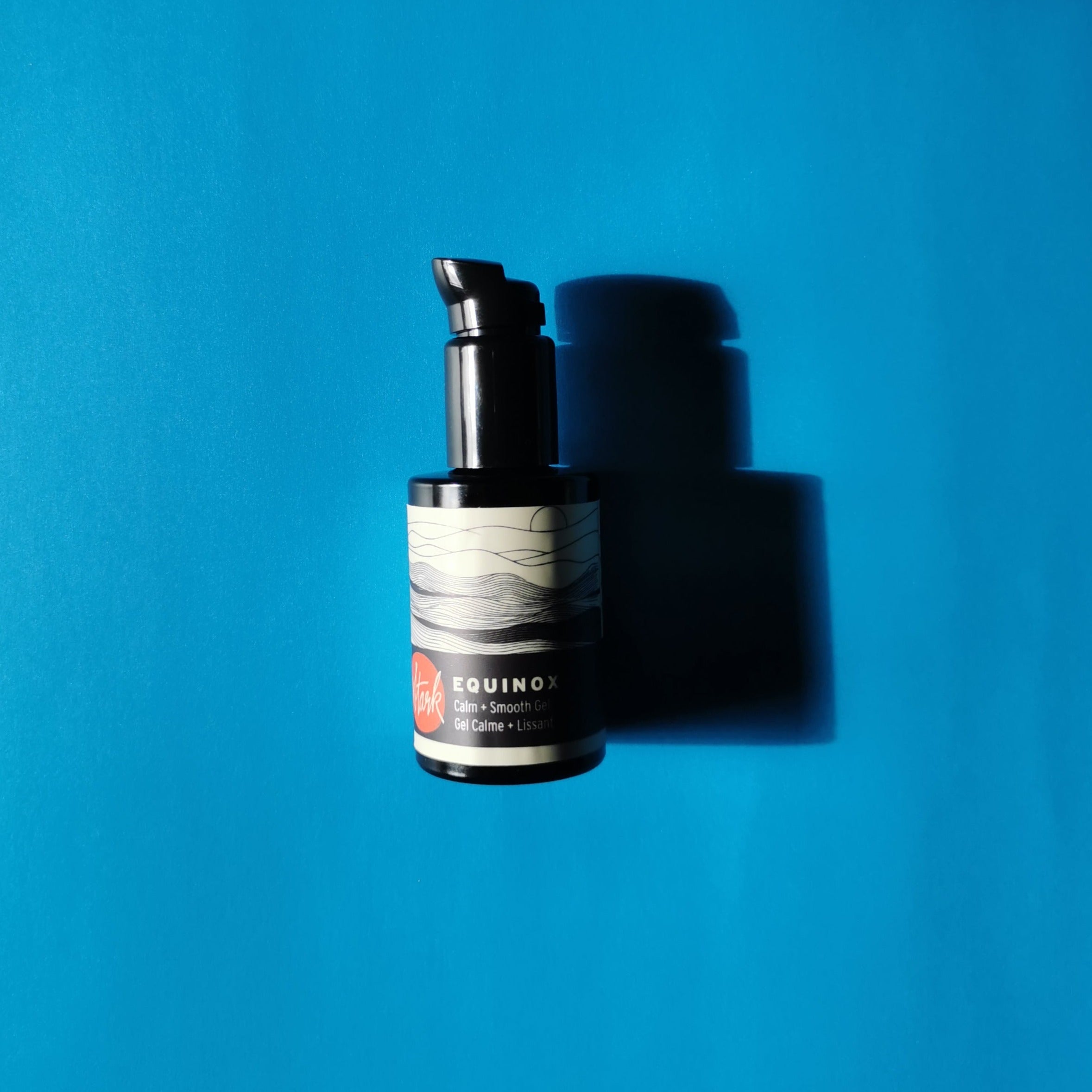Is green beauty closed-minded?


Don't get me wrong, I still LOVE "green" beauty! This is our Ltd. Edition Balm Called Solstice, above.
You may listen to my audio recording of this text instead of reading it!
Here’s a series I am starting to honour 10 years in business! I know, seems weird that these are posts kind of doubting Green Beauty, but I see it as an introspection, and that’s where my head has been at with “my industry”. Don’t get me wrong, I still love so much about it but I think that due to it’s sheer popularity, and therefore momentum, it’s in need of a mindset shift so that the core of the thing doesn’t get too warped. (See previous post from my Instagram called “WTF is green beauty anyway?” for my general definition of it.) THE beauty industry is a Goliath, too big for little me to feel part of, and so this segment has felt like my little studio apartment in the mega-metropolis that is the over $500 Billion dollar beauty industry (according to Forbes). But I dunno, feels like my landlord just increased the rent from $500 to $50 000 overnight. Does this analogy make sense to anybody else but me?
Because after all, to be truly green in beauty is more than a performance. It’s more than a photoshoot with fruits and flowers, packaging that looks eco-friendly and an ingredient list that reads like a fancy salad bar. The key to being green is so much more nuanced. Much more complicated than I realized in 2011. Maybe too nuanced for me to ever get “right” (not that that should stop anybody from trying… let’s just not stress too much though. There’s enough stress in the ‘20s as-is.)
So much has changed in 10 years. Back then, there was a lot less information out there about all… this. *waves hands around in a general way*. It felt like there was Us (the tiny, green beauty crew) and Them (big beauty who “greenwashed” at best, filled our bodies with poison at worst). Wow, even thinking back at that polarity in my mindset makes me feel uncomfortable. Anyhow, Instagram was still in it’s infancy and hadn’t built up to it’s current superpowers. Cosmetic chemists, dermatologists and Hyrams didn’t have a platform at the time. Back then, Green Beauty was a group of like-minded women (mostly) hanging out on blogs like No More Dirty Looks (long since defunct) and we’d just dwell in those comment sections and morning routines. There were just a few on YouTube sharing simple, slow, sensorial skincare routines that just resonated on a deeper level than a St-Ives scrub ever could. Ahhh, the simpler, wholesome days! Those were idealistic times, maybe. But dammit, we had a good time. I honestly miss it, but I’m also an adaptive person so I’m ok with change.
Stark is and always has been committed to creating skin-healthy, plant-based, effective, sustainable skincare but what that looks like now is different than when it began. I wouldn’t even have used an Ecocert emulsifier back then, for fear that it wasn’t “natural enough”. All of my training was very based on 100% plants, oils, essential oils and butter concoctions. The basis of the water-free movement. That, frankly, is very limiting and I don’t think served me all that well (quashing creativity, for one, and making me quite close-minded regarding ingredients) ...but ironically, waterless formulas are just being picked up in mainstream beauty now! Anyhow, I placed these very harsh restrictions on how I went about doing things. But that’s not the best way to formulate effective cosmetics, and it’s also not the way to go about creating environmentally conscious products either. Not that my products weren’t good, but what else could I have created in this time, had I been more open-minded?
We (royal “we” of green beauty) used to say that if you can’t pronounce the ingredient name, it shouldn’t go on your body. (But try saying Butyrospermum parkii, aka Shea butter…. Demonstrably more difficult than say, the word “paraben”.) We (royal we, again) used to say that 60% of what you put on your skin, ends up in your body’s tissue. None of it was true (we didn’t really know it at the time though…but I had serious doubts about the 60% thing. I mean, the skin isn’t a sea sponge). It was a cute way to market “clean” propaganda, without realizing it. It was lightly veiled fear-based language, and frankly? It was wrong. But the intentions were good… it was just a little naïve. I honestly thought that choosing “all-natural” was indisputably the right choice, always. For skin health, for the environment, everything, point-blank. Sometimes I wish I could go back to those simpler times, but the truth is nuanced. As the world becomes more and more divisive, I think looking at how decisions we make about our health and what we consume should not be so black and white is important. But nuance? Makes for a hard sell.
Over the years, instead of Green Beauty remaining a fringe niche, it exploded. That same old rhetoric is being used, abused, and when big retailers get on board (like Sephora), it changes how the beauty industry functions as a whole. And it’s a BIG industry, that wields an enormous amount of power, and in the past few years it’s growing at an unprecedented rate. Especially the green/clean branch. If every large brand is also chasing after all-natural, how can we possibly have enough natural resources? Spoiler: there aren’t enough to meet demand.
So, I’ll just jump to what my conclusion is regarding ingredients: some of the best ingredients are completely natural, with few steps between raw plant material and final product, some of the best are bio-identical, some have natural component interacting with other ingredients in a lab environment to become something new, and some ingredients are completely lab-made. And because of this, although label-reading is a good skill to generally have, it doesn’t give a consumer the whole picture as to why certain ingredients are included in a formula. In short, it’s nuanced.
Now, the camp that can’t stop rolling their eyes at the clean beauty movement (a term I am NOT a fan of, but will use here because its popular) LOVE to remind everyone that everything is comprised of chemicals (water, air, apples, everything, we get it thanks for the meme Karen). Which is true, but also a gross over-simplification. Those who are weary of “chemicals” aren’t, in fact weary of ALL of them. They want to do better for themselves, and the environment, and “going natural” feels like a good starting point.
(The derision that the hardcore anti-“clean” science-worshippers have against the clean movement is another topic though, that I touch on later. It honestly only creates more polarity because their antagonism is myopic and misdirected… yes, clean is JUST a marketing term, but we get into that in part 3 of this series!)
The fact is, is that many natural ingredients are amazing for skin. Naturally –derived lipids from various types of seed oils can be so beneficial for skin health that you’d swear the universe made them just for our skin. The compatibility, the synergy, the effects are so profound that the answer feels clear: natural is better. But data shows that that’s a blanket statement that cannot be made. Yes, some plant-derived ingredients are really great for skin in clinical trials. But plant material in skincare is also very concentrated. Serums made from oils can easily become too heavy for many skin types, and creating a lotion, that requires emulsifiers, viscosity modifiers,
If natural is being chosen simply for health and results, then lab-made ingredients are actually proven to be better.
(In part 2, we get into why what’s good for our skin might not be so good for our planet.)
The truth about what’s best for bodies is nuanced. No two bodies are the same, yes, and some will have an adverse reaction to an ingredient another can beneficially use their entire lives. And as an important aside: anecdotes shared on social media is not data (even by BIG accounts)… because one influencer can’t use fragrance or a certain ingredient, doesn’t make that ingredient inherently bad. Also, in regards to fragrance in skincare, it’s not a bad thing. But people with very compromised skin barriers won’t tolerate it well. And nowadays, many of us have such complicated skincare routines that our barriers are truly suffering. Remember, skin is smart. Less is often more. Ok, moving on!
To wrap up these thoughts, I’ll just say this: Humans gravitate towards what seems most natural… it’s in our DNA. This has been true forever, too. And science and technology…. I mean, I would argue that in some weird way, it’s only to augment what humans already do naturally. Introspect. Question. Study. Communicate. Name things. Analyse. Create. Just at a level our little animal bodies can’t do on their own, naturally. As someone recently wrote on an post of mine Instagram “science is the language that helps us describe nature.” I’d agree. Linnaeus would definitely agree (plant nerd joke!!). These things are not mutually exclusive. Science and natural are two turds from the same animal (yes, I am a true poet).




